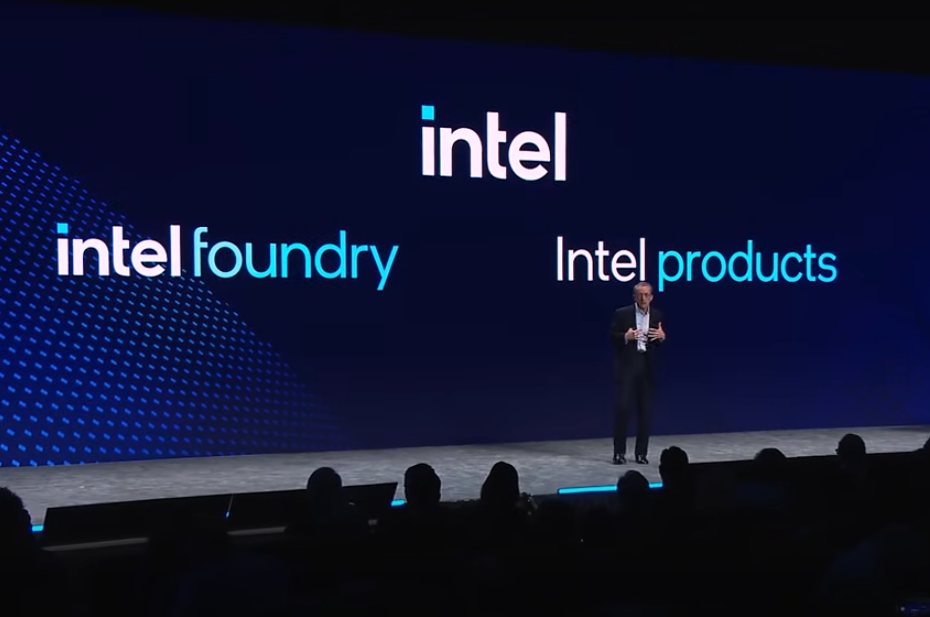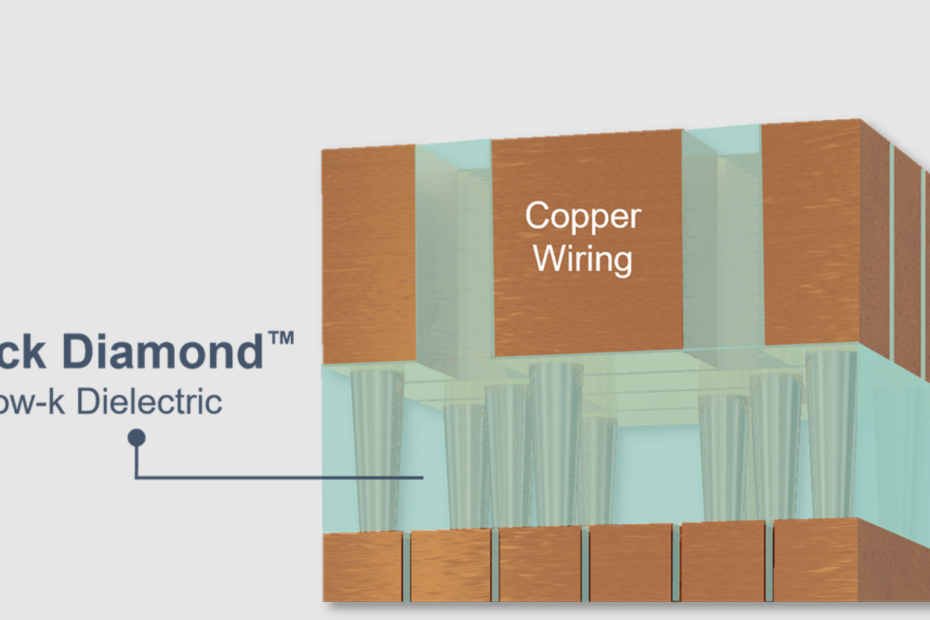Infineon: Bellwether for a Semiconductor Market in Transition
By Bolaji Ojo
What’s at stake?
Infineon Technologies should be closely tracked by technology companies and investors trying to make sense of the semiconductor industry’s cycles. Its wide range of products aimed at the broadest range of technology sectors, and the Munich-company’s critical financial metrics such as book-to-bill, gross profit margin, lead-times and inventory stats more closely reflect the industry’s fundamentals than those of rivals serving hot markets like artificial intelligence.
Infineon Technologies AG executives call the company a “… global player, clear No. 1 in power semiconductors, and ranked No. 2 in the overall microcontroller market.” That description is adequate, but it doesn’t completely reflect the company’s growing role in the semiconductor world.
To complement that brief, the Ojo-Yoshida Report is also classifying Infineon as the chip industry’s latest and probably most accurate bellwether.
This designation has significant implications for the semiconductor market and the larger electronics industry.
Read More »Infineon: Bellwether for a Semiconductor Market in Transition









